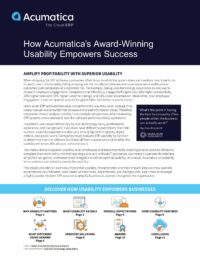Retained Earnings
Retained earnings are a powerful financial metric, helping to fuel reinvestment, drive growth, and shape a company’s financial health.
Understanding the Essentials
Simply put, retained earnings (RE) reflect a company’s accumulated profits after accounting for dividends paid to shareholders. They help reveal a company’s financial health and are watched closely by shareholders who want to make sure their investments are producing growth and delivering long-term success.
How retained earnings are used is often decided by company management, but shareholders can affect the decision through a majority vote. Still, most management teams and shareholders agree that RE should be reinvested into the business.
Examples of reinvestments include launching new products, buying additional equipment, acquiring new partnerships, advancing research and development, or paying off debt. Some companies also choose to reward their shareholders with additional dividends or offer share buybacks, while others let the RE accumulate, contributing to their overall equity.
If done well, these investments result in a positive retained earnings balance, which typically equates to profitability. If not done well, a negative retained earnings balance results, pointing to potential financial distress. For investors, lenders, and shareholders, knowing that a company can pay for capital expenditures, research and development, debt, and more inspires confidence in the company and assures them that their investments are being managed wisely.
 Canada (English)
Canada (English)
 Colombia
Colombia
 Caribbean and Puerto Rico
Caribbean and Puerto Rico
 Ecuador
Ecuador
 India
India
 Indonesia
Indonesia
 Ireland
Ireland
 Malaysia
Malaysia
 Mexico
Mexico
 Panama
Panama
 Peru
Peru
 Philippines
Philippines
 Singapore
Singapore
 South Africa
South Africa
 Sri Lanka
Sri Lanka
 Thailand
Thailand
 United Kingdom
United Kingdom
 United States
United States





